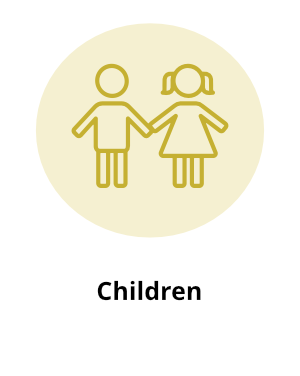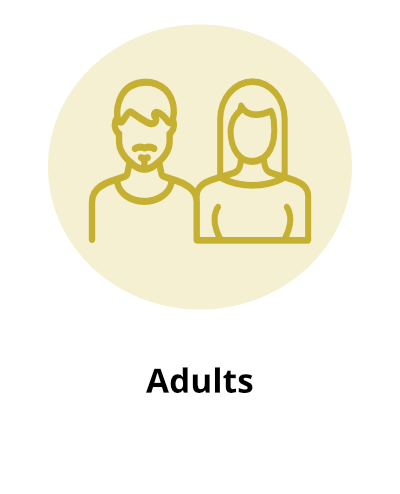Eat/Sleep Cluster
Home > TAND Clusters > Eat/Sleep > What to do > Sleep > Children
Sleep in children
Caregivers supporting children
In some cases, your child’s poor sleep may not always be diagnosed as a formal sleep disorder, but there are still important things to consider that can be managed within the home environment.
Sleep: a Guide for Parents
[cerebra.org.uk]
Behavioural response
- Comfort objects can be used to help your child feel safe and secure at bedtime – depending on the sensory needs of your child, soft toys or blankets can be fragranced with familiar and comforting scents.
- If your child enters your bedroom upon waking, re-settle your child to sleep alone, keep social interaction minimal and brief. Guide them to the toilet or for a drink of water as needed, but direct them back to their bedroom. Be assertive and consistent when re-directing your child to bed.
- Reinforce and reward small steps towards achieving a consistent bedtime routine (e.g. nights they did not enter your bedroom, mornings they stayed in bed past 7 am). Reward charts and verbal praise for achieving small goals can assist with waking behaviours that may be socially maintained.
- If your child has woken as a result of a nocturnal seizure, they may be disorientated, upset and unsettled. It is recommended that children do not sleep on top bunks or high bed frames to prevent falling and injury during a seizure. Video monitors and alarm devices that trigger upon significant movement and activity may be helpful to alert caregivers to nocturnal seizures. During a seizure, cushion their head and remove dangerous objects out of reach (e.g. headphones). Seizures lasting longer than 5 minutes require an emergency response (e.g. emergency prescription medication or emergency services). Stay with your child and talk calmly to them while they recover. Following a seizure, your child may feel more tired, and sleep longer than usual. Education support plans may consider adjusting the school day to accommodate significant nocturnal seizures and the need for sleep the following morning.
Reward Charts: Encouraging Positive Behaviour in Children
[raisingchildren.net.au]
Epilepsy: Information for Parents and Guardians
[uhs.nhs.uk]
Napping
- Consider the role of naps. If your child still naps, they should be consistent (when your child is most tired in the late morning or early afternoon), structured (in the same place) and brief (no longer than an hour). Daytime planning is important to time naps more appropriately (e.g. your child may often fall asleep when they are a passenger in the car, driving home from school). Monitor the effectiveness of daytime naps in the early years. Children who are tired or irritable may still need a daily nap.
- Generally, naps should be avoided after 3 pm for children of any age. However, naps may be necessary in children with TSC following nocturnal seizures. Daytime napping schedules require co-ordination and a shared plan with your child’s nursery or school. Consider the effectiveness of later school days on mornings following significant seizure activity.
- If your child’s daytime nap is affecting sleep at night, gradually reduce naps over time. This transition should be gradual and slow. Replace nap time with quiet time – allowing your child to choose whether they would like to sleep or play quietly, and co-ordinate this approach with others who are part of your child’s daycare routine.







